They don’t teach you this stuff in school.
Female dragonflies will sometimes fake their own death to avoid mating with a male.
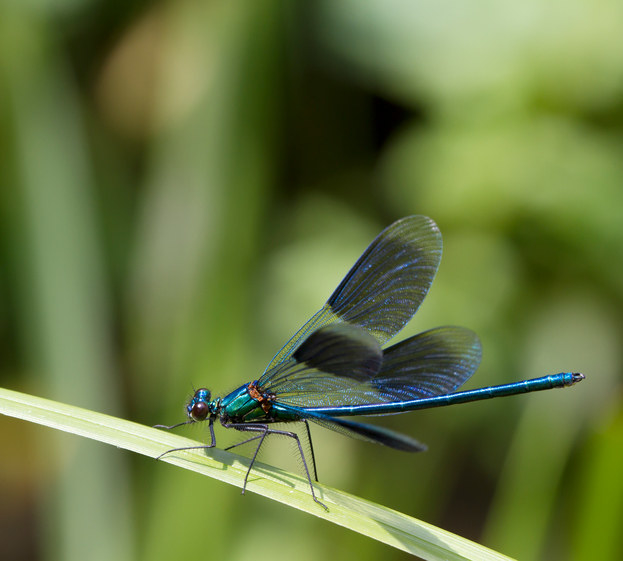
Mantonature / Getty Images
Male giraffes will smell and drink a female giraffe's urine to tell if she's ready to mate.
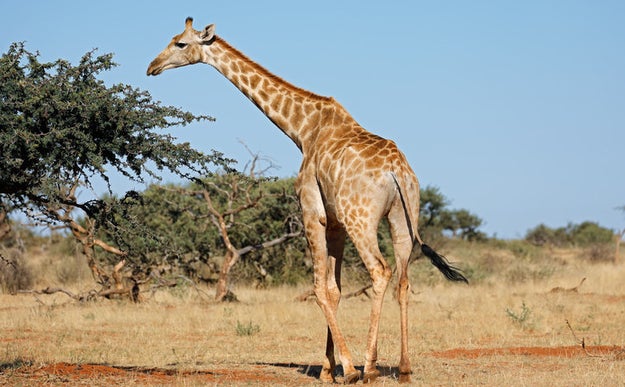
Ecopic / Getty Images
Flatworms contain both male and female reproductive genitalia, and two flatworms will "penis fence" until one has successfully jabbed and inseminated the other.
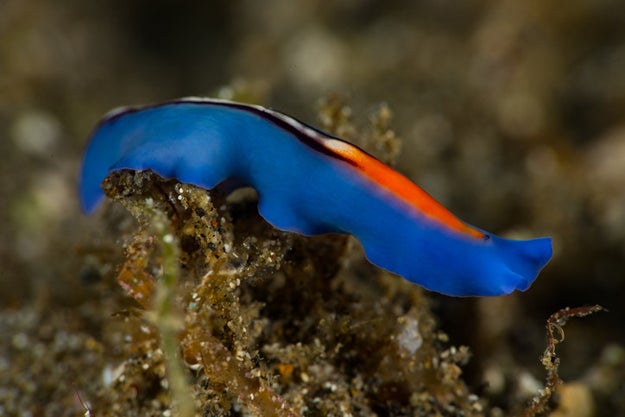
Ribeirodossantos / Getty Images
Male garter snakes will imitate a female garter snake in order to attract males that will cuddle and keep them warm.
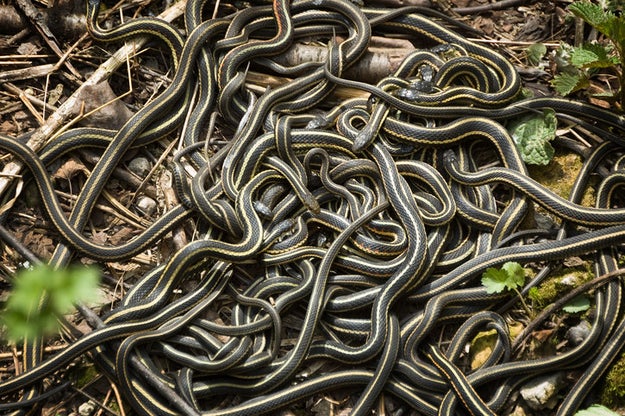
creighton359 / Getty Images
To avoid being eaten by the female, a male argonaut octopus may detach its mating arm and leave it in the female before swimming away to safety.

Cabrillo Marine Aquarium / Via youtube.com
During mating, male pigs can ejaculate continuously for approximately 6 minutes.
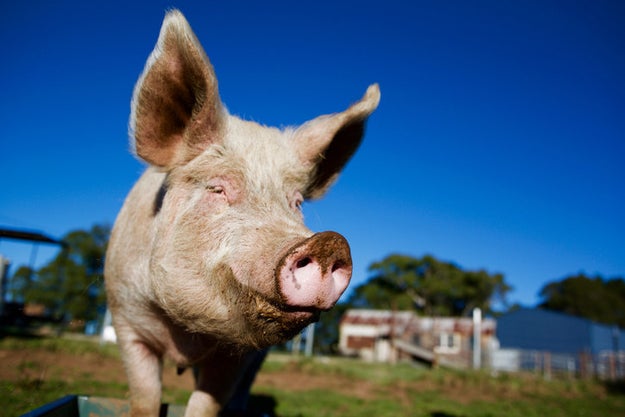
Searsie / Getty Images
Drone bees die immediately after mating because their penis and abdomen are completely torn from their bodies during the process.
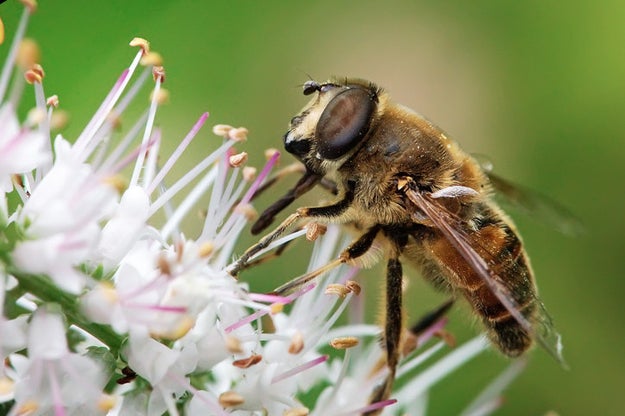
Photodynamic / Getty Images
Kinkajous, which have the ability to rotate their feet, can run equally as fast forwards and backwards.
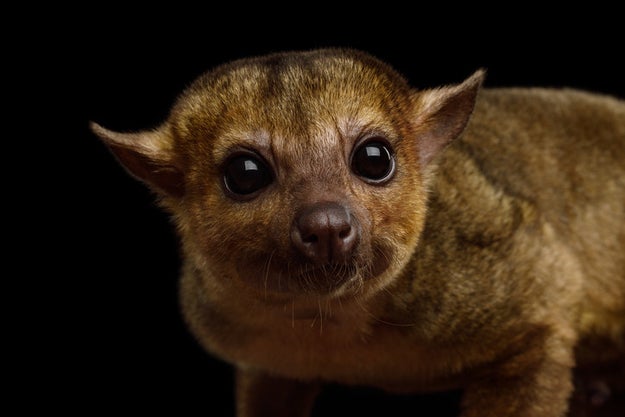
Seregraff / Getty Images
A chameleon's tongue is approximately twice as long as its body.
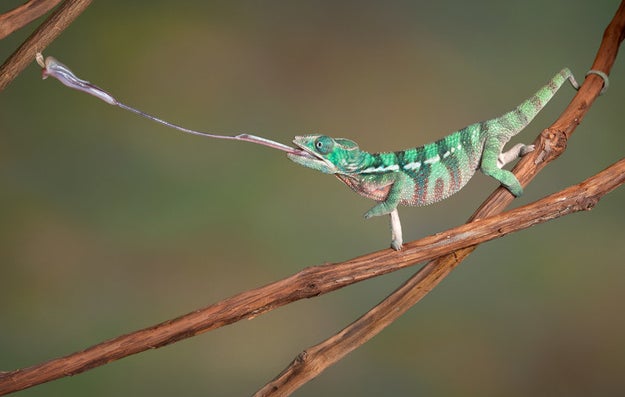
Cathykeifer / Getty Images
Female lobsters attract a male by squirting urine from nozzles on their face directly onto their selected mate.

Lara Bostock / Getty Images
A wombat's poop is cube-shaped, and the digestive process can take anywhere from 14 to 18 days.
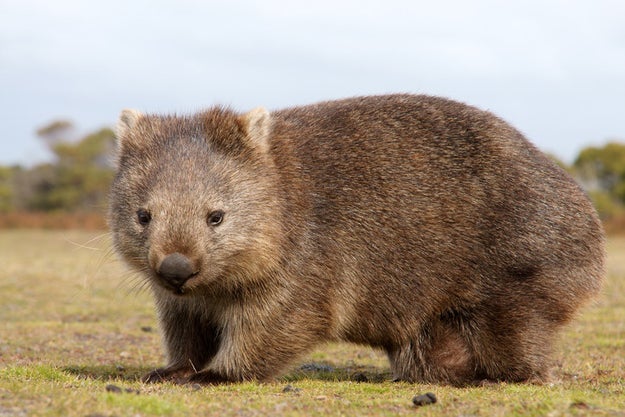
Marco3t / Getty Images
Sloths live the majority of their lives in trees. They only come down to the ground once a week to poop.
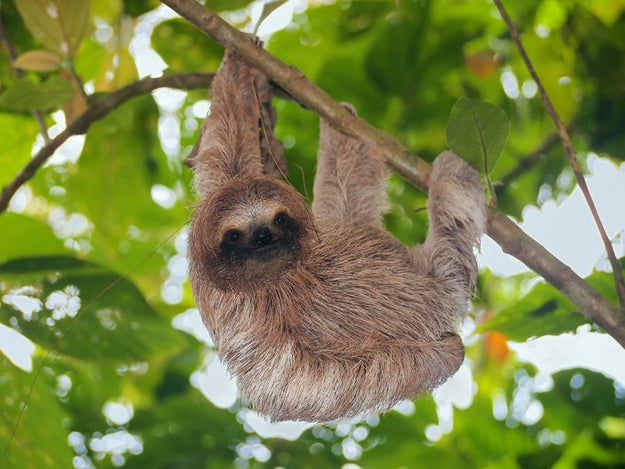
Damocean / Getty Images
Flamingos aren't actually born pink. They turn pink from eating algae, larvae, and shrimp daily.
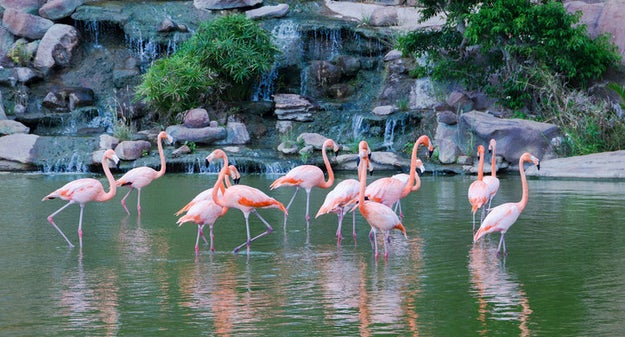
Bulgnn / Getty Images
Starfish can regenerate arms that have been severed in an attack or have been voluntarily removed for protection.
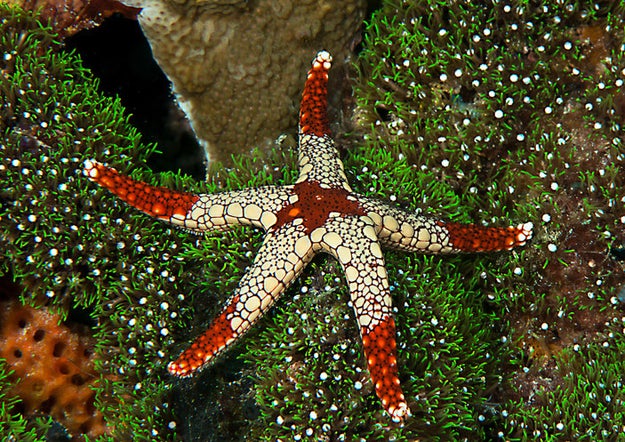
Hansgertbroeder / Getty Images
A narwhal's husk is actually a really long front tooth, not a "unicorn" horn.

Nat Geo / Via youtube.com
An otter's poop is technically called "spraint" and can smell like violets.

Rawlinson_photography / Getty Images
Flying tree snakes can soar as far as 330 feet.
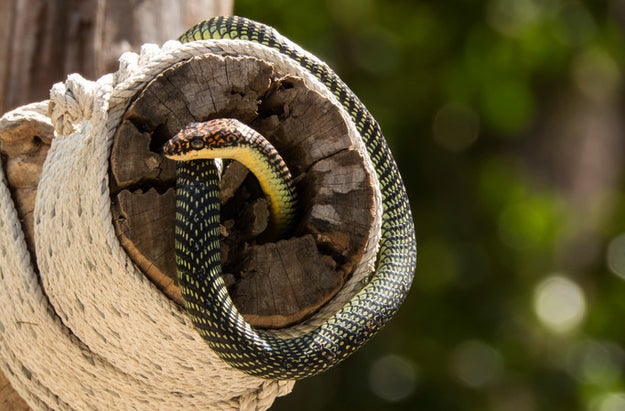
Sundariji / Getty Images
Spring peepers have biological "antifreeze" in their blood, making them very resilient in freezing temperatures.
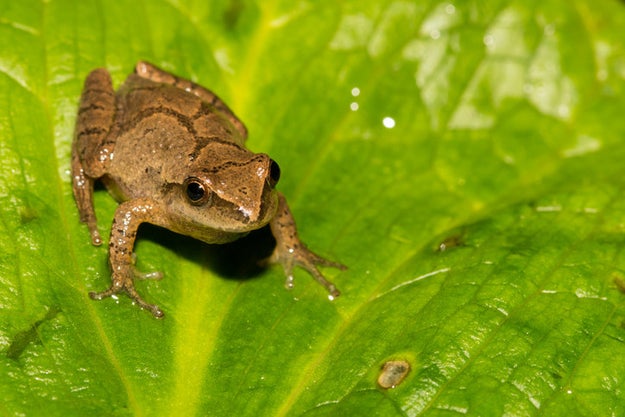
Jasonondreicka / Getty Images
Manatees use flatulence to regulate their buoyancy by holding in farts to float and releasing farts to sink.

@quigsadventures / Getty Images
The bottlenose dolphin can make half of its brain go to sleep while the other half remains awake and alert.

Jodie777 / Getty Images
The white-throated snapping turtle can actually breathe through its butt.
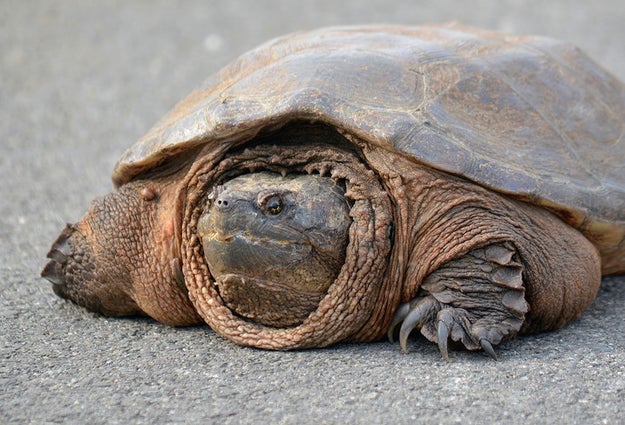
Ziggy1 / Getty Images
The hairy frog, a.k.a. horror frog, can break the bones in its front feet to create claws that penetrate through the skin.

Seeker / Via youtube.com
Unborn sand tiger sharks fight to the death and consumer their siblings inside their mother's womb, with only one baby shark being born.
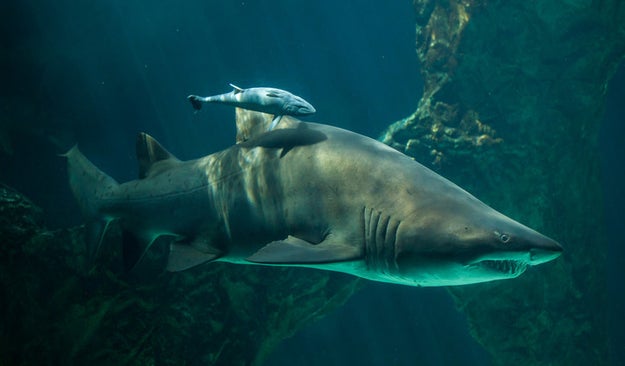
Wrangel / Getty Images
The hog-nosed shrew rat uses its long pubic hair to feel the ground beneath it.

Marchia / Getty Images
And finally, a peacock mantis shrimp can throw a punch that is equivalent to the speed of a .22 caliber bullet, despite being only several inches long.

Whitcomberd / Getty Images
via Buzzfeed/Animals
